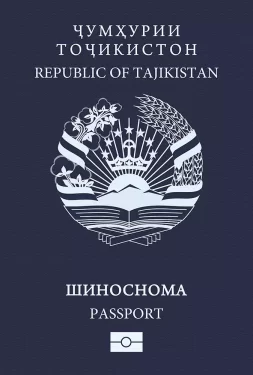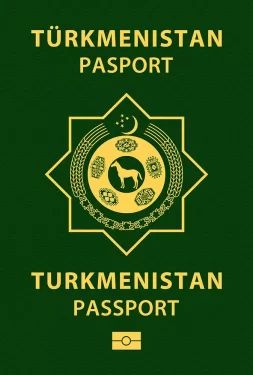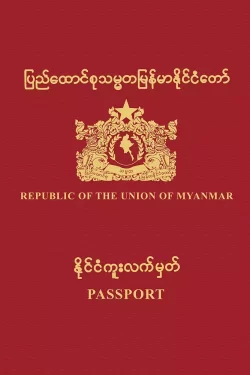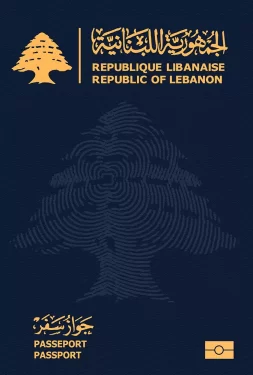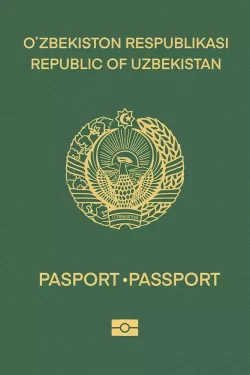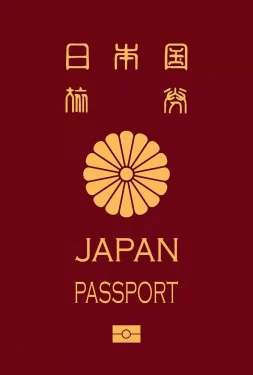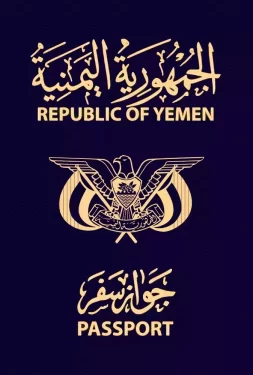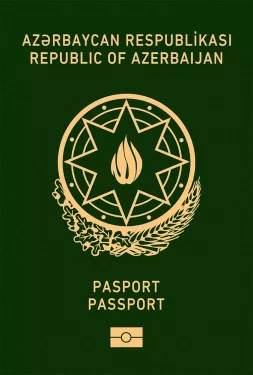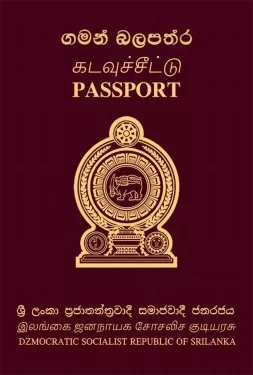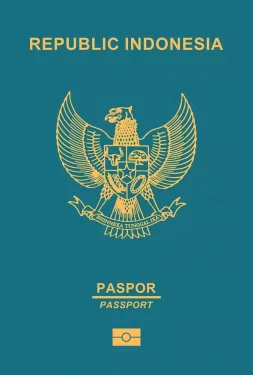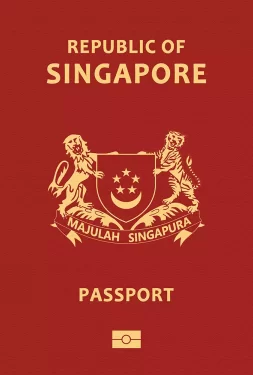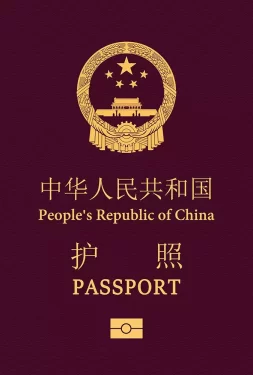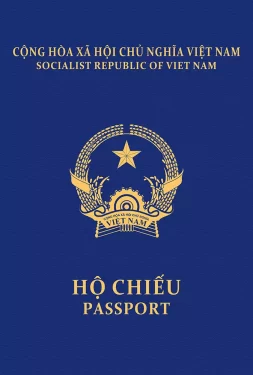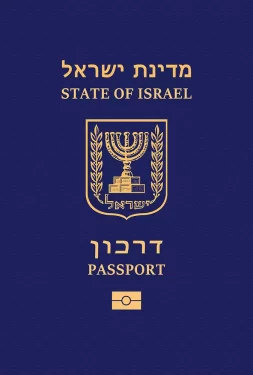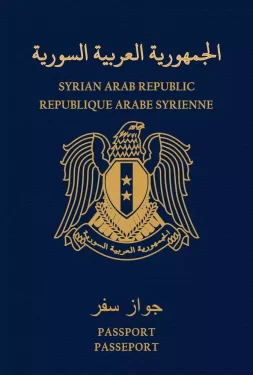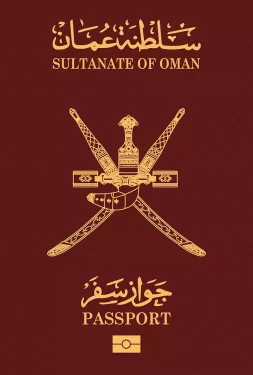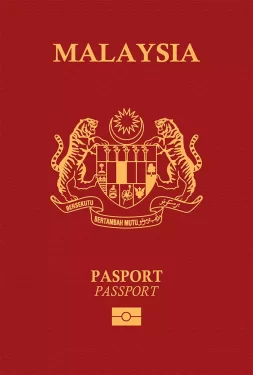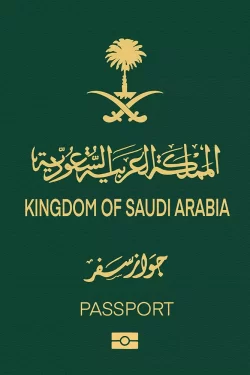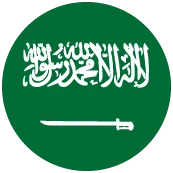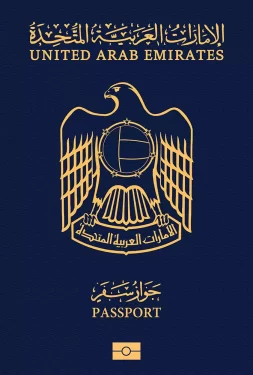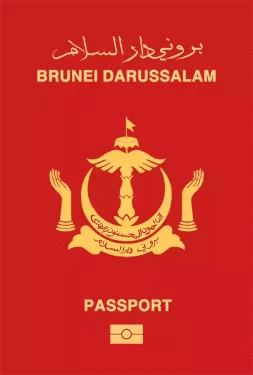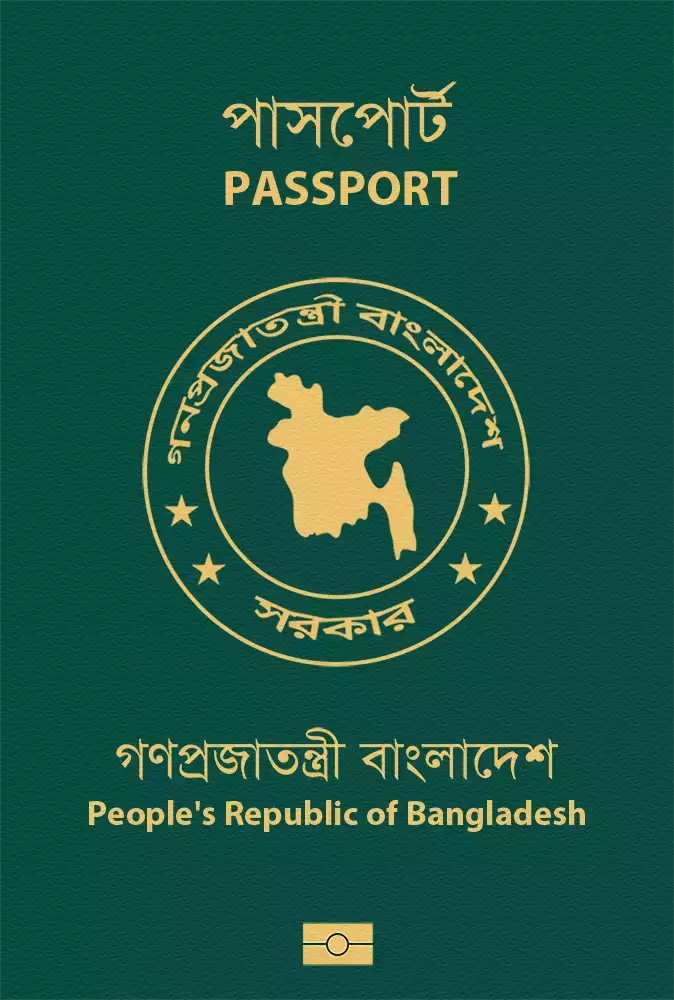
Bangladesh
Bangladesh passport ranking
The Bangladeshi passport is currently ranked 100th place on the Guide Passport Index. It is considered one of the lowest ranking passports in the world. Bangladeshi passport holders have visa-free access to only 37 destinations including Dominica, Madagascar and Seychelles. There are 192 destinations for which a Bangladeshi passport holder requires to obtain a visa prior to traveling. That is the reason why the passport raking is low on the overall worldwide mobility score. For major destinations such as USA and the European Union, Bangladeshis require to apply for a visa in advance. Visa applicants need to present documents such as proof of funds and return flight ticket.
Bangladesh Passport Ranking
The Bangladesh passport ranking relative to other global passports is calculated by adding up the number of countries that allow Bangladesh passport holders to enter without a visa (i.e. visa-free countries) and those that allow Bangladesh passport holders to enter by obtaining a visa on arrival (i.e. visa-on-arrival countries) or electronic travel authorization (eTA). There are currently a total of 19 Bangladesh passport visa-free countries, 16 Bangladesh visa-on-arrival countries, and 2 eTA destinations.
Altogether, Bangladesh passport holders can enter a total of 37 destinations—either without a visa, through a visa on arrival, or via an eTA. As a result, the Bangladesh passport ranks 100 in the world.
Separate from these Bangladesh visa-free countries and visa-on-arrival countries, there are 192 additional destinations in which Bangladesh passport holders either need a physical visa to enter or an eVisa (i.e. visa required countries).
About Bangladesh
The People’s Republic of Bangladesh is a former British colony in Southern Asia made of 8 divisions. It borders India, Burma, and the Bay of Bengal. The most significant divisions are Dhaka, Chittagong, and Rajshahi. The country has a total surface area of 148,460 square kilometers, which is dominated by flat plains. Its climate is tropical with a heavy rain monsoon season.
The overall population is 169 million people. The capital of the country is Dhaka, which is also the most populous city with over 21 million inhabitants followed by Chittagong and Khulna. The largest airport is Shahjalal International Airport (DAC) with an approximately yearly passenger traffic of 8 million people. The airport is named after Shah Jalal, one of the most famous Sufi saints of Bangladesh. The Airport serves most of the region with occasional flights to Europe and the Middle East.
Bangladesh’s culture is dominated by Islam with 90% of the population being Muslim. The official language is Bangla. The legal system is a mix of civil and Islamic sharia law. The government form is a parliamentary republic. The current chief of state is elected president is Abdul Hamid and the head of government Prime Minister Sheikh Hasina. All divisions have their regional governments, reporting to the central government in Kabul.
The official currency is the Bangladeshi taka (BDT). Its current exchange rate is about 110 taka to the USD. The country has an open economy, generating a GDP of approximately $421 billion, making it the 29th largest economy in the world. The per capita income is $2,470. The largest portion of the GDP is generated by the services and industry sectors. The GDP has been growing steadily at a strong rate of over 7% during the past years. Bangladesh’s biggest export products are clothing, shoes, and agricultural products.
The country has many natural and culturally unique attractions for tourists to explore. Bangladesh boasts 3 UNESCO World Heritage sites which are two cultural and one natural site. Some of the most popular tourist destinations are The Sundarbans Mangrove Forest, the Chittagong Hill Tracts, Rangamati, Cox’s Bazar (the longest unbroken beach in the world), and the Mosque City of Bagerhat. The capital Dhaka also offers a variety of museums and exhibitions showcasing the history and natural beauty of the country.
